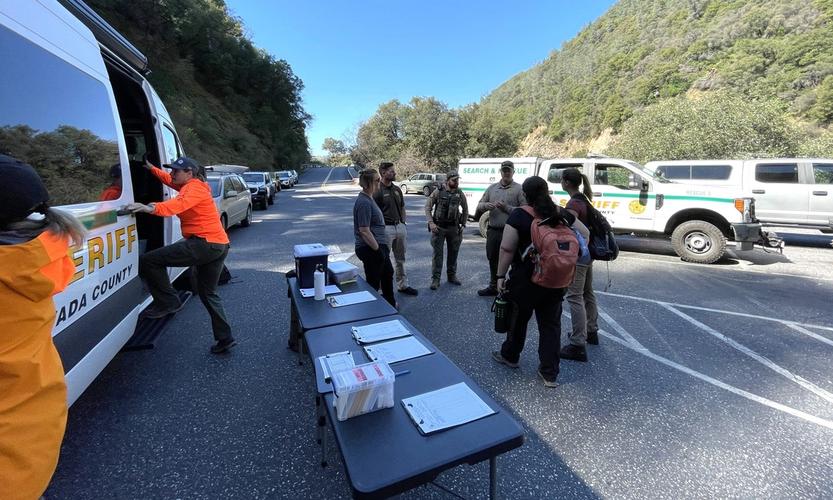Salmon in the North Yuba?
June 1, 2023
Chinook salmon may soon return to their native habitat on the North Yuba River for the first time in more than 100 years. On May 16th, Governor Newsom joined state, federal and local officials at Daguerre Point Dam in Marysville to announce a landmark $60M deal between the state and the Yuba Water Agency that would not only bring salmon but also allow for the passage of endangered green sturgeon, pacific lamprey, and steelhead. The salmon population has declined by nearly 90% in recent decades, largely as a result of dams. Daguerre Point Dam, owned by the U.S. Army Corps of Engineers, has long been a point of contention. It was originally constructed in 1906 to prevent piling debris caused by the Gold Rush from damaging the Sacramento River System. After decades of debating whether to remove the dam, a conclusion was reached that removing the Daguerre was impractical and would cause more damage. The agreement will create a channel for adult fish to swim around the dam and truck juvenile fish past it, which will initially open up 12 miles of habitat. The agreement will restore unimpeded access for fish to the full reach of the Yuba River from the confluence with the Feather River up to Englebright Dam. The goal has been set of returning fish to the North Yuba River above New Bullards Bar Reservoir as soon as 2025. While there are a lot of details to figure out, the plans include trucking adult salmon around New Bullards Bar Dam and Reservoir and then transporting the juvenile salmon migrating back downstream to the ocean below Bullards. California invested $100 million to support salmon, and $30 million of that will go to this project on the Yuba River. California Secretary of Natural Resources Wade Crowfoot says this a pragmatic and low-cost solution that could be executed in the next few years. Crowfoot called it “one of the most ambitious watershed recovery efforts in California,” saying that “we believe this is an important step in helping to decrease the risk of extinction for threatened species.” He acknowledged that the announcement was met with both optimism and frustration from environmentalists who have long advocated for the dam’s removal. Crowfoot stated that more than bringing salmon and endangered fish to the river's upper reaches, this project helps keep the whole ecosystem healthy and balanced. Decomposing fish like salmon provides valuable nutrients that benefit the habitat of the entire watershed. Some environmental groups, such as the South Yuba River Citizens League and American Rivers, felt frustrated that the agreement did not go far enough. Crowfoot commented that “Sometimes it just simply is not practical to remove dams, so we have to come up with creative compromises to move forward in protecting the habitat for our endangered fish. This agreement which will begin the permitting process immediately is important progress in the right direction” Secretary Crowfoot pointed to the Klamath Dam Removal Project, the largest of its kind in U.S. history, that will begin removing four dams, starting with the largest this month. Private companies began building dams on the Klamath in the early 1900s largely to generate hydroelectric power and support agriculture with irrigation. Northern California river advocates and tribal groups fought for more than two decades for the removal of the four dams on the Klamath River. Given the number of pilings from the Gold Rush at the bottom of dams and the importance of the dams for flood control, Crowfoot said that consideration of dam removal on the Yuba “is a much different situation than dam removal project on the Klamath.” So while there may be some challenges and hurdles to still overcome, there is cause for optimism that we may start seeing Chinook jumping back up the North Yuba in the not-too-distant future.
Featured Articles

Human Remains Found Near South Yuba Bridge in March Identified →
December 17, 2025
Authorities identify remains found in March as Aaran Sloan Taylor, seeking next of kin.
Transfer Station Burn Suspended After Community Concerns →
December 16, 2025
Sierra Hardware Plans Extensive Repairs After Flood Damage →
December 8, 2025
Sheriff’s Office Accepts $60,000 Grant for New Search and Rescue Team →
December 2, 2025
Confusion Surrounds Release of the Plumas County Grand Jury’s Report →
December 4, 2025
